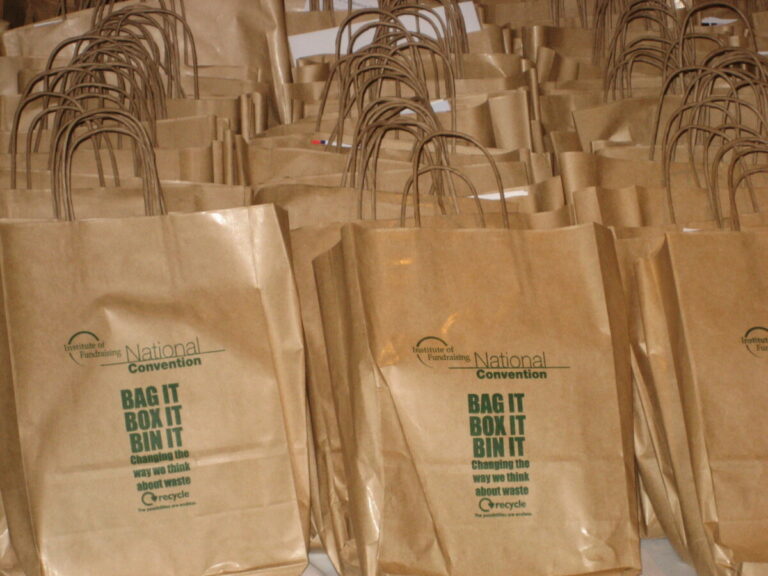Best use of legacy fundraising

For the campaign that demonstrates innovation linked to success in the use of legacy fundraising.
And the shortlisted entries, in alphabetical order are:
Mencap
Wills and trusts information service
Advertisement
The fundamental objective is to generate legacies to Mencap and has been designed to support parents and carers to provide for their loved ones in their will.
The service has complementary elements that include specialist advice, events (seminars about making provisions in a will for a person with a learning disability), literature, solicitor directory, direct mail (annual magazine).
Mencap also uses a range of media to recruit new contacts and maintain existing relationships including advertising the information service, promoting it to carer organisations, charities and local authority teams who have an affiliation with Mencap, supporting Mencap community-based staff to promote the service, submitting articles to local press, sending regular updates to parents and carers who have used the service.
Mencap measures the amount of information requested and the number of people requesting it as well as the number of contacts attending seminars. For example, its target for requests for information was 2,900 for 2007, but it received 3798 requests.
National Trust
Legacy Events Programme 2007
This campaign took a radically different approach by organising a countrywide suite of events for people to self-select the ones they wanted to attend. This matched supporters to their particular areas of interest and engaged them with the event, encouraging them to ‘join in’ and not just ‘join’. There was a charge of £35 for taking part in an event which involved going behind the scenes and undertaking vital conservation tasks alongside wardens, gardeners, and other expert staff.
The original 21 events with 735 places were soon filled and an additional nine events were held with a total of 1350 supporters across all events. Feedback from forms and post-event telephone follow-ups indicated that 78 per cent of attendees made a commitment to pledge a legacy to the National Trust. More than 100 offers to volunteer in some capacity were also recorded together with non-legacy donations totalling £15,000.
The programme demonstrated seamless integration between central and regional colleagues and between staff and volunteers across the organisation in campaign development and execution.
RSPCA
Home for Life
H4L proposes that if a pet owner dies and leaves a pet otherwise unprovided for, the RSPCA will care for the pet and do all it can to rehome it. The owner needs to assign the pet to the RSPCA in their will and send a copy of it to the RSPCA. The RSPCA is heavily dependent on legacies and needs to generate a constant and cost-effective supply of new legacy marketing leads. After testing the campaign in 2006, it was rolled out in 2007 with national press ads, PR, inserts and DRTV as well as a dedicated website. This was felt to be a less intrusive approach than direct mail.
Creative varied across different media, but the approach was very matter-of-fact. Each media conveyed a slightly different message – DRTV the core emotional message; PR and press advertising synergised with other media; inserts appeared two weeks after DRTV and paid search on major search engines supported traffic driven online. Leaflets were distributed at events and were taken up by 1,800 solicitors/probate practitioners.
To date there have been 464 H4L registrations and 386 legacy pledges with a potential £10m in identified legacy pledges.




